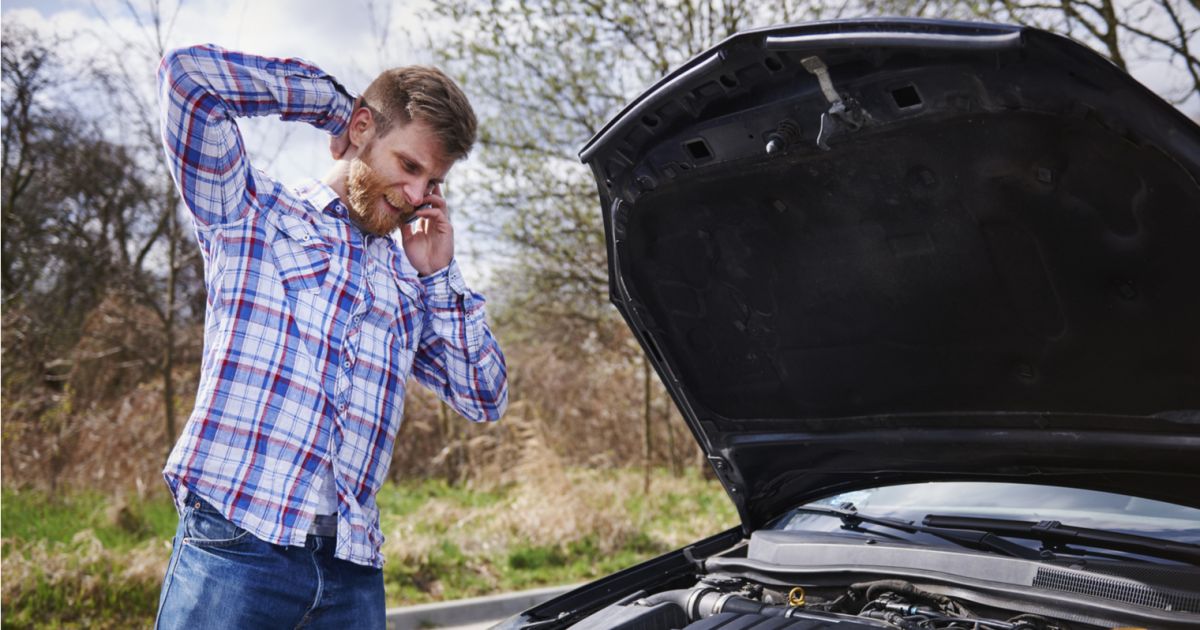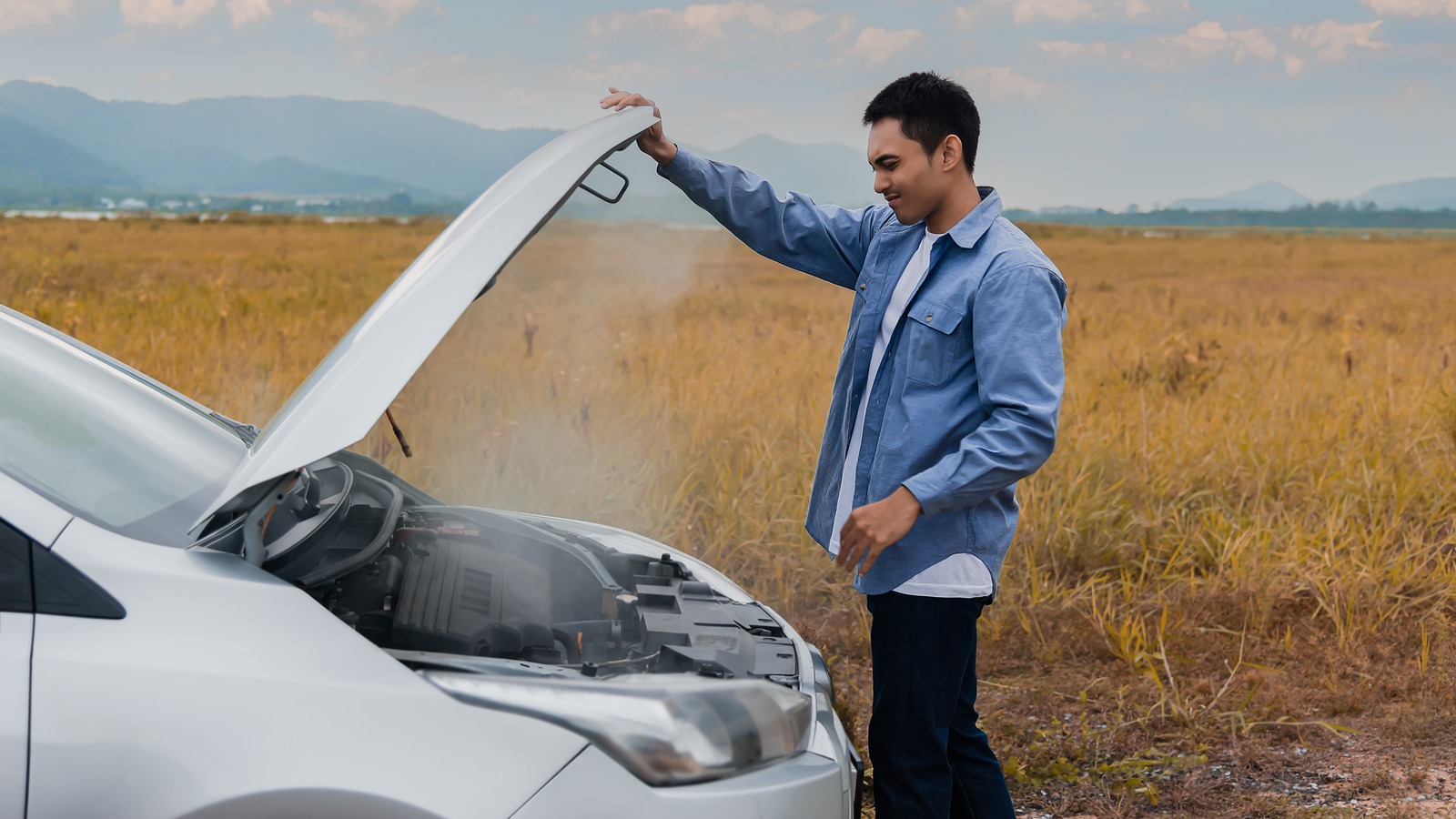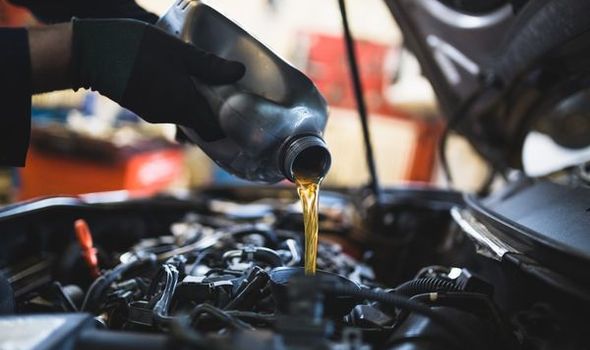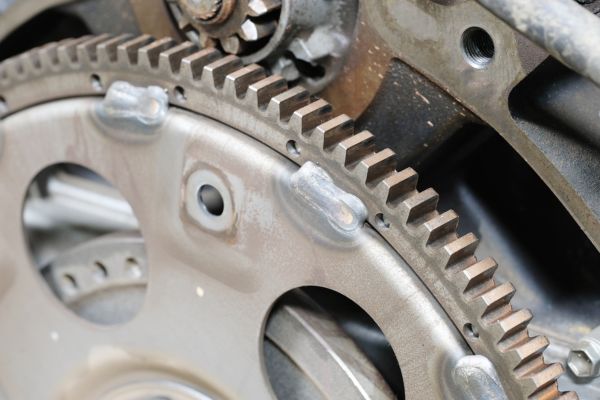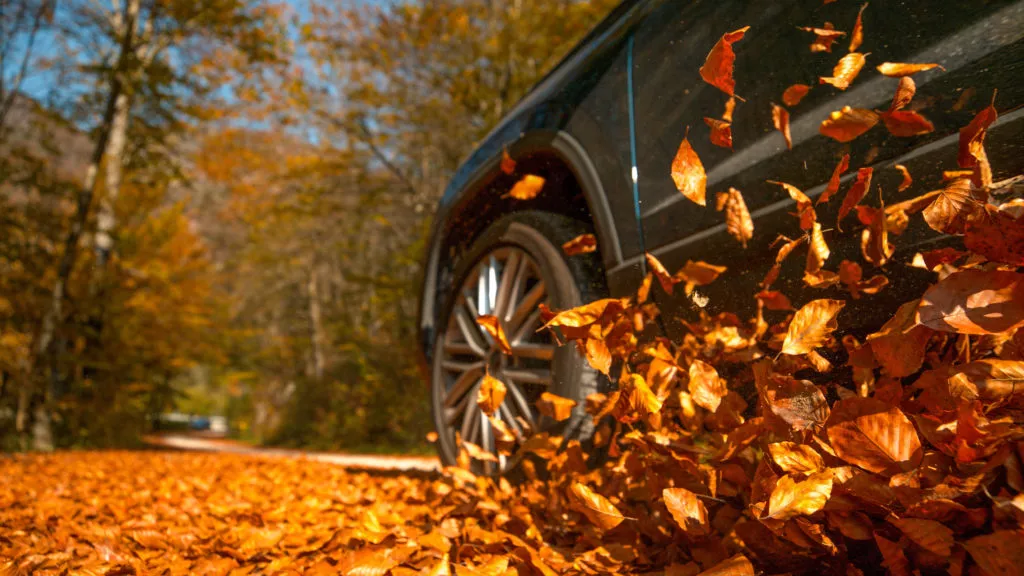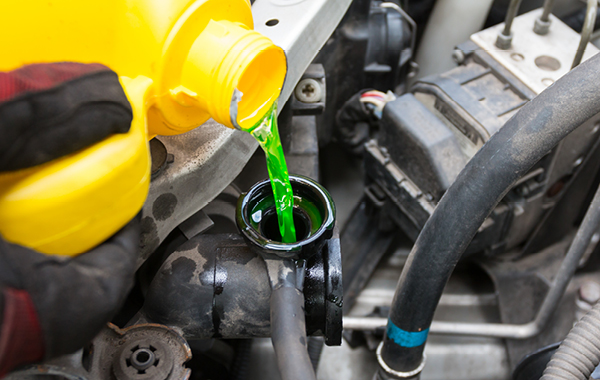There’s something liberating about heading out on the open road. spend the afternoon picnicking at an overlook, or cruise through the night fueled by gas station coffee and snacks. All you need is a reliable car, a killer playlist, and a plan that’s flexible enough to allow for a little wiggle room — because that’s where the fun comes in.
But even the most go-with-the-flow road tripper knows that without some solid pre-trip planning and smart on-the-road know-how, the most amazing road trip can be a bust. To help, we chatted with a few experts who know what you’ll need to do (and not do) in order to make your road trip seamless.
1. Not Taking Your Car in for a Full Tune-up Before Departing
On a long road trip, your car can either be your best friend or your worst enemy. To increase your chances of the former, schedule a full tune-up a week or two before you go. Having a pro check your oil and tire pressure, and make sure your battery, brakes, and engine are working properly, will keep you from being stranded on the side of the road or calling AAA for a tow just a few hours in.
2 Leaving Without Getting Your Home in Order
Sanna Boman, editor-in-chief at Roadtrippers, told Travel + Leisure by email that she recommends making “a list of the things that need taking care of when you’re gone, including your mail, lawn and garden, and house plants.” If you’re worried about leaving the house empty for multiple days (or weeks), she said, “Installing a home security system before you leave can offer peace of mind.”
3. Forgetting to Download Maps, Entertainment, and Road Trip Apps
If you want to avoid data charges at the end of your trip, you’ll need to download everything over Wi-Fi before you leave. Andrew Moore-Crispin, director of content at Ting Mobile, recommends downloading your maps on Google Maps in advance, so you don’t have to use data (or need it) to navigate. The same goes for Spotify playlists and any shows or movies you’ll need to keep young road trippers entertained. “Apps like Netflix, Spotify, and Facebook all see upticks through extensive usage. Control your data in the app’s setting. You can set how much data the app can use, and you can prevent photos from loading in your feed until you’re on Wi-Fi,” he said.
In addition to recommending their Roadtrippers planning app, Boman suggests road trippers download Waze for real-time traffic updates, GasBuddy for finding gas and comparing prices, and Recreation.gov for managing your campground reservations.
4. Overlooking the Tech Accessories You Need to Stay Online and in Control
Pack your car phone charger (or upgrade to this multi-phone car charger), and make sure to have a place to put your phone, so you can check the directions without fumbling or looking down. This universal magnetic car mount from WizGear hooks into your car’s air vent to keep your phone in view at all times — and it’s less than $10.
5. Leaving Home Without a Cooler of Snacks and Drinks
Chances are, there are plenty of gas stations and fast food joints along the way, but a trip sustained by burgers, fries, candy, and chips will get old fast. Pack a cooler with pre-cut veggies and fruit, nuts, sandwiches, and of course, some healthy snacks. To keep you hydrated and lightly caffeinated on a long day.
6. Not Keeping Things Organized and Clean During the Trip
When you’re living in your car, things can get messy quickly. Bring along wet wipes, paper towels, and hand sanitizer, and stow everything in a seat back organizer (this one has a trash compartment, tissue holder, and a place to stow water bottles or wipes). When packing the car, load things you won’t need until later first, so the items you’ll use throughout the drive are more accessible.
7. Planning Everything so There’s No Room for Spontaneity
One of the best parts of road tripping is having the freedom to stop, explore, and reroute at any moment. “Once you plan out your trip, you can always deviate from your plan, but it’s a good idea to do some research ahead of time to get the most out of your trip,” said Boman. “Road trips are all about the journey — of course, time or budget constraints can dictate the route, but detours and unexpected stops are often the most memorable moments from a trip.”
8. Not Stopping to Stretch Your Legs Often Enough
If you have a final destination in mind, it may be tempting to drive straight through, but if you do, you’ll miss everything that makes a road trip fun. Side trips and highway attractions are a big part of road tripping — you never know when you’ll come across an Airbnb that’s shaped like a giant beagle or pass a beautiful hike that’s right off the road.
“When hitting the road, the biggest mistake that people make is not stopping often enough to stretch their legs and walk. To keep your mind fresh to focus on driving safely, I recommend stopping once an hour to move around and stretch, whether that means getting gas or grabbing a cup of coffee, then enjoying a 30-minute break every four to five hours for a short walk or hike,” said Dr. Suzanne Bartlett-Hackenmiller, an integrative medicine physician and the medical advisor for AllTrails. “According to the Journal of Safety Research, 30 minutes is sufficient to help fight against fatigue during longer trips.”
9. Driving Without the Gear (or Know-how) to Change a Flat Tire
Not every car (or rental car) comes with a spare tire kit. Take the time to make sure you have a fully inflated spare and everything you’d need to put it on — a jack, lug wrench, and the owner’s manual. If you don’t have a spare tire, buy one (and the necessary tools) before taking off. You should also get a little tutorial (either in person or online) on how to change a flat tire should something come up. There’s nothing fun about relying on a Google search when you’re in the middle of nowhere.
10. Leaving Home Without a Road Trip Emergency Kit
Don’t leave home without preparing for some common road trip mishaps. A flashlight with extra batteries, a tire pressure gauge, jumper cables, a car battery charger (or spare battery), extra water, a few energy bars, and some first-aid essentials — pain reliever, bandages, and scissors — will go a long way should something go awry.



